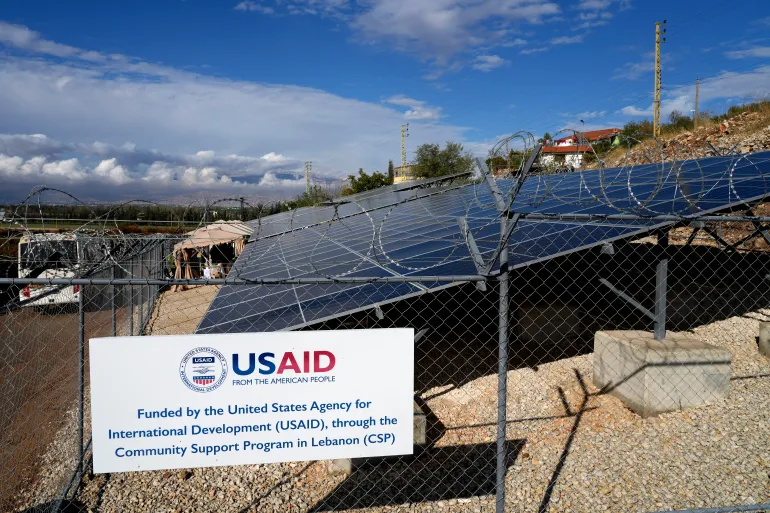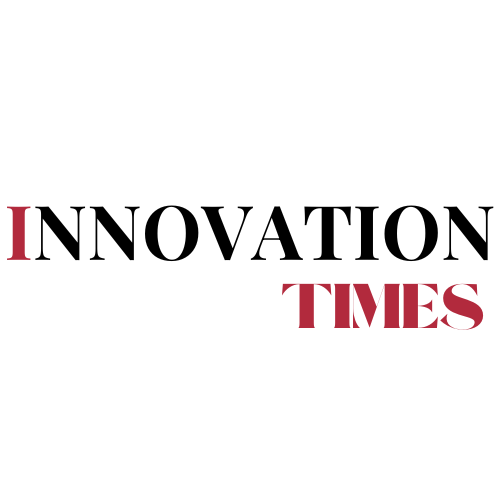The United States Agency for International Development (USAID) is facing a sweeping shake-up as the administration of former President Donald Trump moves to radically scale down the federal government. In a controversial decision, USAID announced that nearly all of its direct-hire staff will be placed on leave, while personnel stationed overseas must return home within 30 days.
The move, revealed in a statement on USAID’s website, signifies a major policy shift that could redefine the role of the U.S. in international humanitarian and development efforts. According to the agency, only core leadership, designated mission-critical staff, and employees managing specialized programs will remain active. Other personnel will have to seek exemptions based on personal or family hardship, safety concerns, medical needs, or other pressing circumstances.
“For example, the Agency will consider exceptions based on the timing of dependents’ school term, personal or familial medical needs, pregnancy, and other reasons,” the statement read. However, no clear process for appeals has been established, leaving many employees in uncertainty about their futures.
This move is expected to disrupt multiple USAID-funded programs globally, particularly in regions that heavily rely on U.S. humanitarian assistance, such as Africa, Southeast Asia, and parts of Latin America. Experts warn that the withdrawal of USAID personnel could create a vacuum, leading to heightened instability in crisis-prone regions.
This dramatic restructuring coincides with speculation that the Trump administration is considering eliminating USAID altogether. When asked by a reporter on Tuesday whether he was planning to dissolve the agency, Trump responded, “I think so.”
The move has raised alarms among global leaders and humanitarian organizations, as USAID plays a critical role in delivering aid, supporting economic development, and responding to global crises. The agency employs more than 10,000 people, two-thirds of whom operate overseas, according to the Congressional Research Service.
Diplomats and analysts have expressed concerns that cutting USAID’s reach will weaken American influence abroad, potentially allowing geopolitical rivals like China and Russia to expand their influence in global development and humanitarian assistance sectors. “This decision may significantly weaken U.S. global soft power,” said Dr. Lisa Rodriguez, an expert on international relations.
The Trump administration’s decision follows mounting pressure from billionaire entrepreneur Elon Musk, who has spearheaded a campaign for sweeping government spending reductions through his self-styled Department of Government Efficiency initiative. Musk, the CEO of Tesla and SpaceX, has controversially referred to USAID as a “criminal organization” and “a viper’s nest of radical-left Marxists who hate America”—claims that remain unsubstantiated but have fueled political debate.
With USAID disbursing over $72 billion in foreign aid in 2023 alone, Musk has been vocal about redirecting funds away from international development programs and into domestic infrastructure, technology, and defense initiatives. His influence has reshaped conservative fiscal policies, aligning with Trump’s broader agenda to downsize federal agencies.
This cost-cutting drive is not limited to USAID. Several other government agencies are reportedly under review for potential downsizing or elimination, reinforcing concerns that key U.S. government functions could be severely hampered in the coming years.
Critics argue that dismantling USAID through executive action is unconstitutional, as the agency was established by an act of Congress. Legal experts warn that any attempt to dissolve USAID without legislative approval will likely face significant legal challenges.
Former USAID officials and bipartisan lawmakers have condemned the move, warning of severe consequences for U.S. foreign policy and diplomatic relations. “This is a reckless decision that undermines American influence and our commitment to global humanitarian leadership,” said a senior congressional aide.
The legal battle is expected to escalate in the coming months, with multiple lawsuits anticipated. Political observers note that such a drastic action could set a precedent for future administrations seeking to bypass congressional oversight in reshaping the executive branch.
Several international organizations and U.S. allies have expressed grave concern over the potential dismantling of USAID. The United Nations, European Union, and various non-governmental organizations (NGOs) have urged the U.S. government to reconsider its stance, highlighting the agency’s essential role in humanitarian missions, global health initiatives, and emergency response efforts.
“If the U.S. withdraws, millions of vulnerable people around the world will suffer,” said Sarah O’Malley, a spokesperson for the International Aid Coalition. “It’s not just about American politics; it’s about real lives at stake.”
Key U.S. allies, including the United Kingdom and Canada, have also expressed their reservations. Some are now considering expanding their own aid initiatives to compensate for potential American withdrawal, though experts warn that such efforts may not be enough to bridge the gap left by USAID.
As USAID personnel brace for an uncertain future, global aid programs hang in the balance. Whether the Trump administration can successfully restructure or dismantle the agency remains to be seen, but one thing is clear—this is a defining moment for U.S. international policy.
For now, USAID employees and global development partners are watching closely, waiting to see how this unprecedented situation unfolds. Meanwhile, legal challenges, political pushback, and international pressure may shape the next steps in this ongoing crisis.
Be the first to receive breaking news on innovation, leadership, entrepreneurship, business, and technology. Join our WhatsApp or Telegram channels for real-time updates. Have a report or article? Send it to report@theinnovationtimes.com.
Follow us on X (Twitter), Instagram, LinkedIn, Pinterest, and Facebook for more insights and global trends.



